Iceland’s cuisine developed from the pure need to survive and to stay fed in such a rugged and remote environment. Traditional Icelandic dishes didn’t focus on flavor and taste, but with the help of advancing technology and outside influence, Icelandic food has changed over the last few decades. More multicultural restaurants are opening, and Icelandic chefs are increasingly blending local and international flavors.
However, there are still many restaurants in Iceland where you can find Icelandic cuisine served the traditional way. So what should you be on the lookout for? And what should you expect? Well, that’s what we are here to help you with. Read on for the best traditional Iceland dishes and some that you can also make at home.
Table of Contents
Traditional Icelandic Food

Iceland’s picturesque landscape has made it one of the most exciting destinations for travelers. People come from far and wide to hike the towering glacial mountains and drink the flowing water right out of the rivers. Food isn’t at the top of people’s minds, but if you are an adventurous eater and want to delve into the Icelandic food culture, here are the best traditional dishes to keep an eye out for.
1. Plokkfiskur – Fish Stew
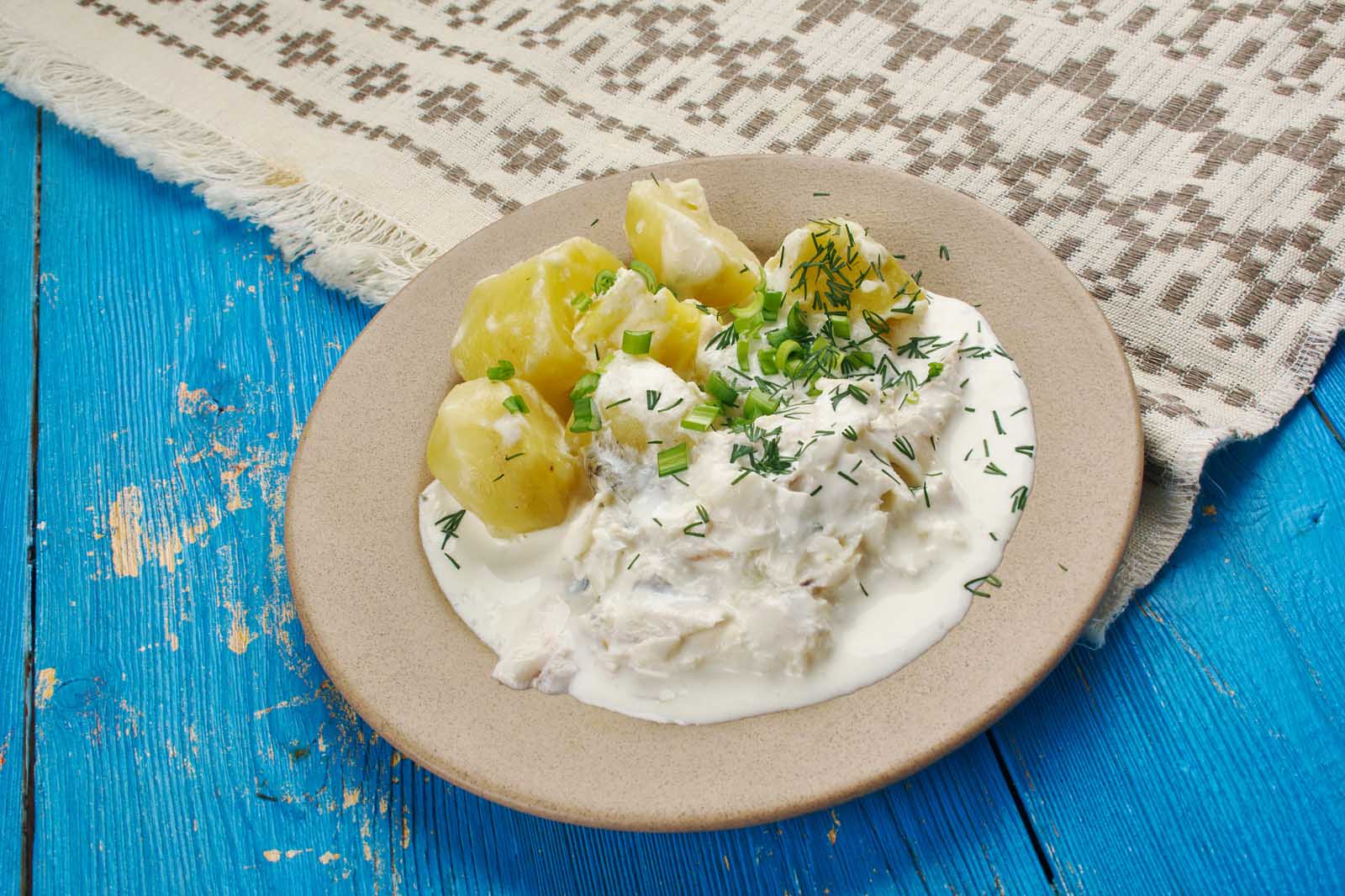
When the temperatures in Iceland plummet in the winter months, plokkfiskur, or fish stew, is a go-to traditional Icelandic food. Not only is it scrumptious, but the hearty nature of the dish will help power you through those wintry nights.
The fish stew comes with a lot of staples in Icelandic cuisine, including boiled cod or haddock alongside mashed potatoes and raw onions with a delicious white sauce poured in. This meal is so commonly eaten that many local households will have their own take on this traditional dish. Whether you are dining in Icelandic restaurants or cooking along at home, cut a piece of dark rye bread to polish your plokkfiskur bowl like a local.
2. Hangikjöt – Smoked Lamb![]()
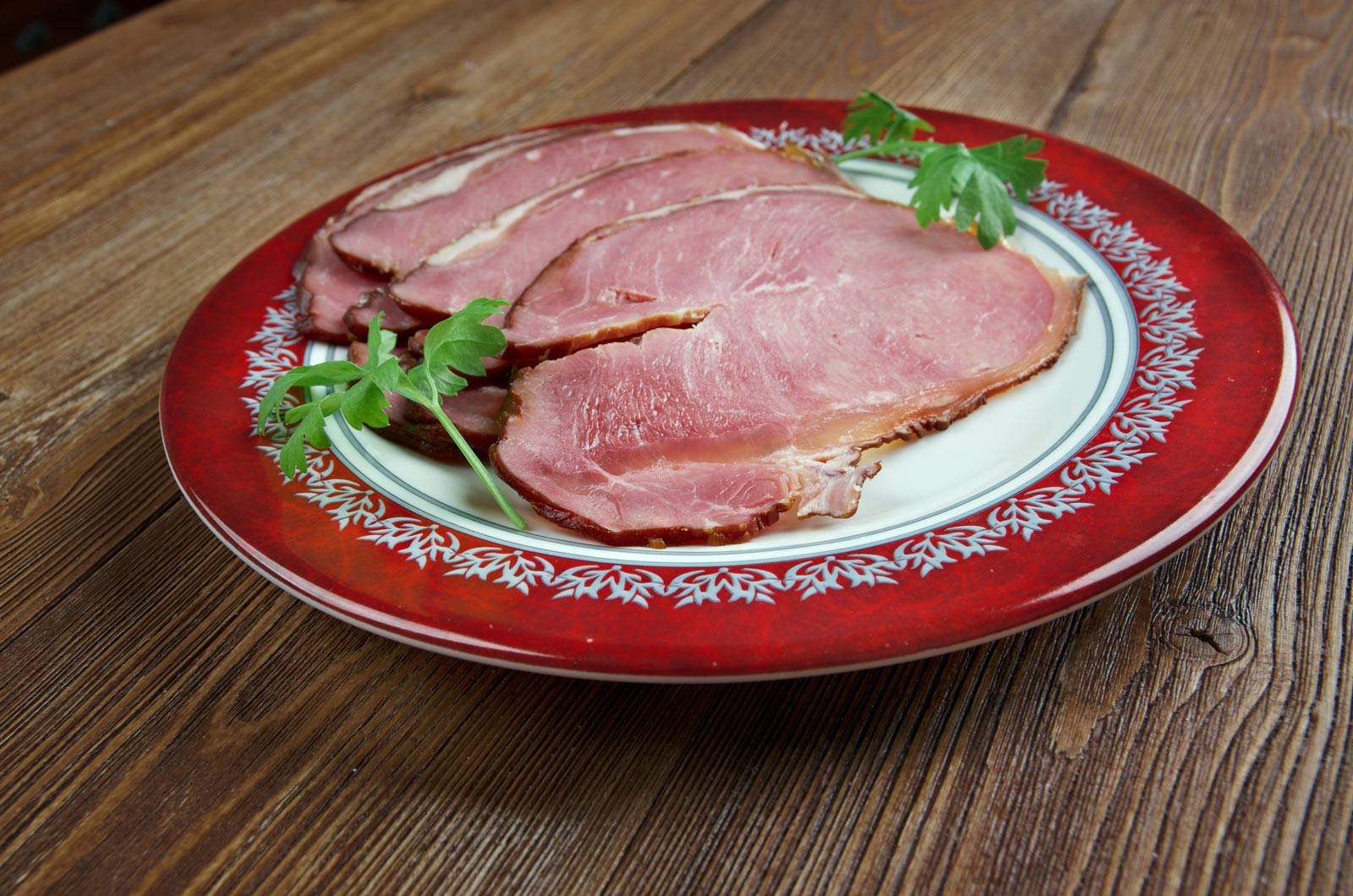
Owing to the popularity of sheep farming in Iceland, the meal of smoked lamb has long been one of Iceland’s strongest culinary traditions. Typically, smoking the lamb by hanging it up was the preferred way of preserving lamb meat with the added benefit of increased flavor. In fact, that is how this traditional Icelandic food got its name; Hangikjöt translates to hung meat.
If you are traveling through Iceland during the festive season, you may also notice a plethora of smoked lamb in grocery stores. Hangikjöt is a popular dish on Christmas day. To recreate this at home, the smoked meat is later boiled, then sliced and placed alongside red cabbage, boiled potatoes, green peas, and Icelandic leaf bread.
3. Harðfiskur – Dried Fish
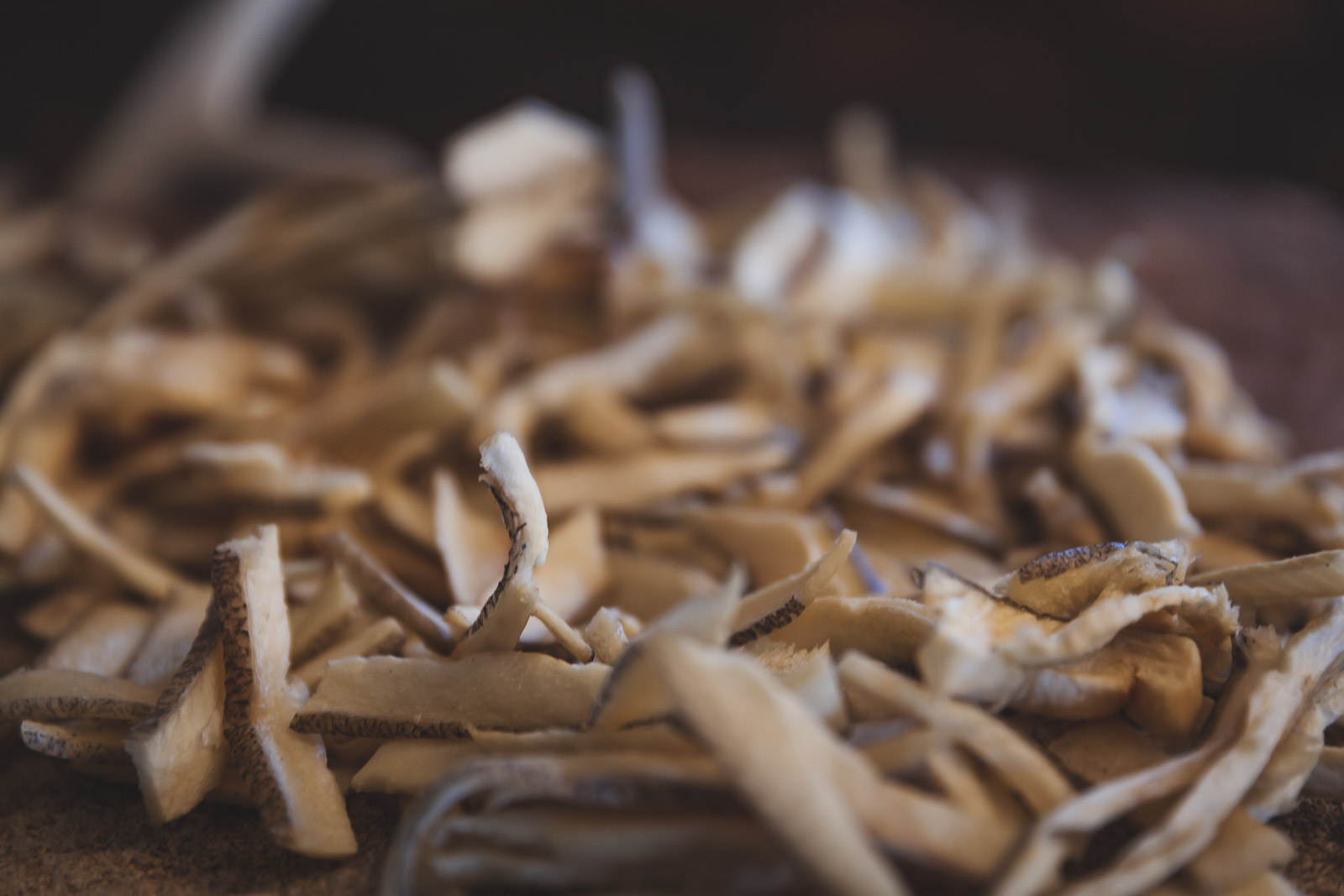
When you are visiting Iceland and you are on the lookout for cheap, quick eats, eat how the locals eat and grab yourself some Harðfiskur. This dried fish is an Icelandic delicacy and one of the most popular foods in Iceland.
The fish of choice are generally cod, wolffish, or haddock, which are dried in the bitter North Atlantic air, and the fish is then cured by bacterial culture. Overall, the process is much like maturing cheese. The dish can be had plain, although local Icelanders love to cover it with salted butter and eat it on the go or as a movie snack. Something to think about next time you watch a film at home!
4. Rúgbrauð – Hot Spring Rye Bread
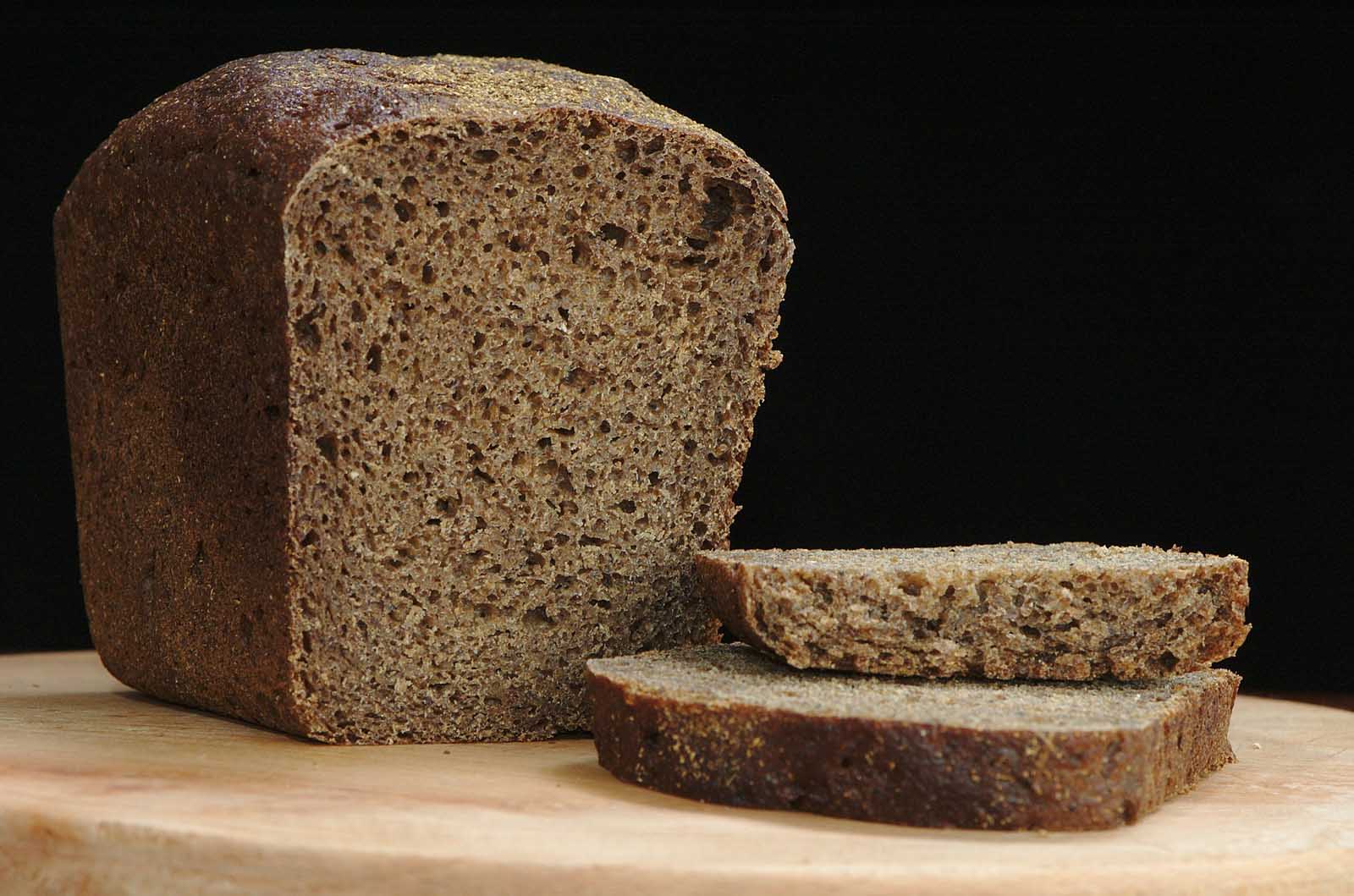
Hot spring Rúgbrauð, aka hot spring rye bread, is the perfect accompaniment to a lot of Icelandic cuisine. The history of Icelandic rye bread stretches back centuries, and the people still cook the bread in the same traditional ways.
You can bake the bread in a pot, although many locals traditionally bake it in wooden casks buried near the island’s many hot springs. The result is a crustless dark brown bread that is deliciously sweet. Slather on some butter for a quick snack, or pair it with your hangikjöt, plokkfiskur, or pickled herring. Speaking of hot springs, see what it is like to visit Iceland’s Blue Lagoon – its most famous hot spring.
5. Flatkaka Með Hangikjöti – Flatbread with Smoked Lamb
Flatkaka, like hot spring rye bread, is an Icelandic food that can be found on any table around the island country. It is one of the traditional dishes that are simple and easy to make from the comfort of your own home. The creation of the flatbread dough is a simple process of mixing lukewarm water with rye flour. You can then fry the dough over a hot stove.
Later, you can place a variety of Icelandic food on the flatbread, including hangikjöt, cream cheese, or lamb liver pâté for a true Iceland experience.
6. Pylsur – Icelandic Hot Dog

During your culinary adventure around Iceland, you may desire a simple taste of home and it doesn’t get any more simple than a good old fashion hot dog. Besides a delicious meal, an Icelandic hot dog is an affordable dish in a country of expensive food.
Locals love their hot dogs, in fact, they are often rated as some of the best hot dogs in the world, just ask Bill Clinton. Don’t bother trying to order at a restaurant, however, instead make your way down to Bæjarins Beztu Pylsur, a food stand that has been in operation since 1937. These hot dogs are a combination of pork, lamb, and beef and come with toppings such as crunchy deep-fried onions, creamy remoulade, and mustard.
7. Humar – Icelandic Lobster
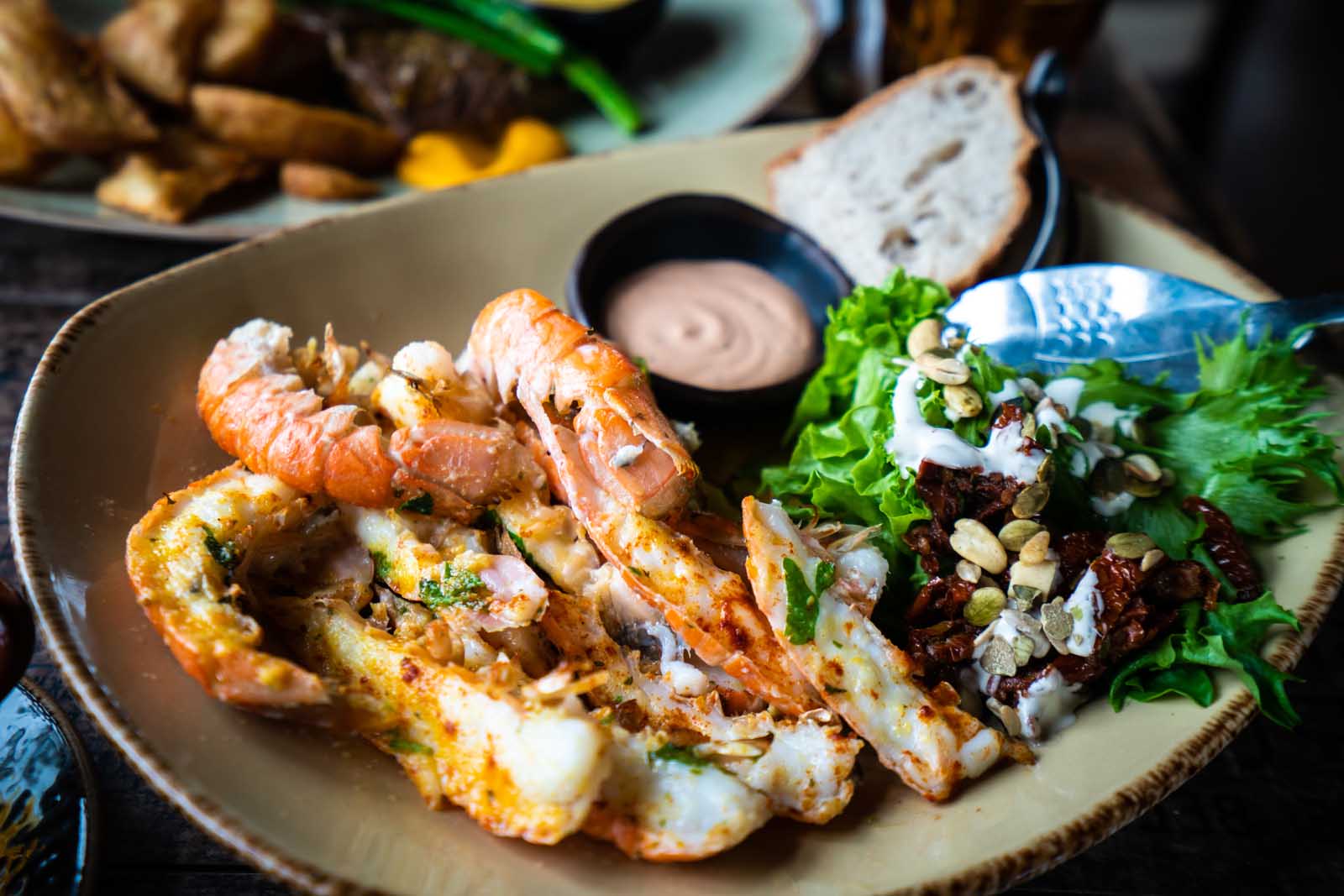
Humar is a popular yet often expensive dish to sample when eating at Icelandic restaurants. The lobster is more akin to langoustine as it is smaller, and only the tail is cooked.
Like a lot of Icelandic fish, humar comes in a variety of forms, all of which are worth trying on your travels. The lobster can be fried, grilled, baked, and even used as a topping on your pizza. You may also find it in soup or humarsúpa. The significant thing about this traditional food is that you won’t have a hard time finding the ingredients in your local supermarket.
8. Þorramatur
Þorramatur is a traditional Icelandic platter served during Þorrablót, the mid-winter festival celebrating the month of Þorri according to the old Norse calendar. This is a selection of preserved foods, meats, and fish made with ancient methods of curing, fermenting, smoking, and pickling. You can find hákarl (fermented shark), súrsaðir hrútspungar (soured ram’s testicles), svið (singed sheep’s head), and various types of cured lamb and fish. Along with these, you’ll find rúgbrauð (dense rye bread) and butter.
Þorramatur has its roots in the early Icelandic settlers who needed to preserve food to survive the harsh winters when fresh food was scarce. These preservation methods became part of the Icelandic culinary tradition. The modern revival of this traditional country food started in the 1950s as a way to reconnect with and celebrate Icelandic heritage. Today, Þorramatur is enjoyed not only for its historical value but also for the taste and resilience of Icelandic culture, especially during Þorrablót when feasting is combined with singing, dancing, and reciting old sagas.
Adventurous Icelandic Foods
9. Hrútspungar – Sour Ram’s Testicles
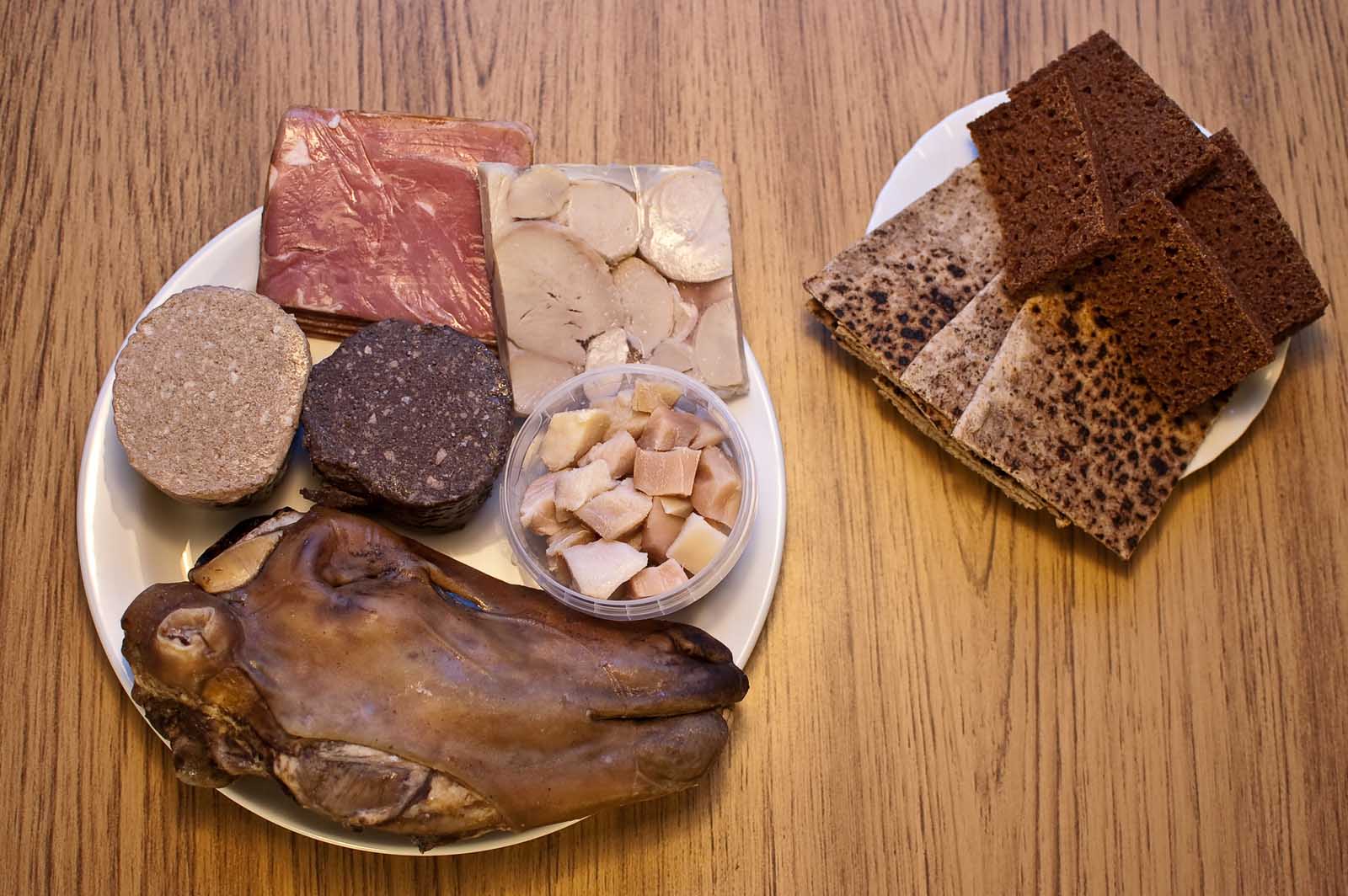
From the delicious and tender meat of the humar, we change tack to one of the more polarizing foods in Icelandic cuisine. Much of traditional Icelandic food stems from the sheep that freely roam the island and fresh fish straight out of the Atlantic. So it should be no surprise that locals maximized the return on their resources.
Sour Ram’s testicles are no longer a major part of the Icelandic diet, however, it remains a national delicacy that is popular during events and celebrations. Unlike lamb meat, hrútspungar is not smoked and is instead preserved in gelatin or whey.
For flavor, Iceland herbs and garlic are the spices of choice and the dish is served as a pâté and as an appetizer.
10. Hakarl – Fermented Shark
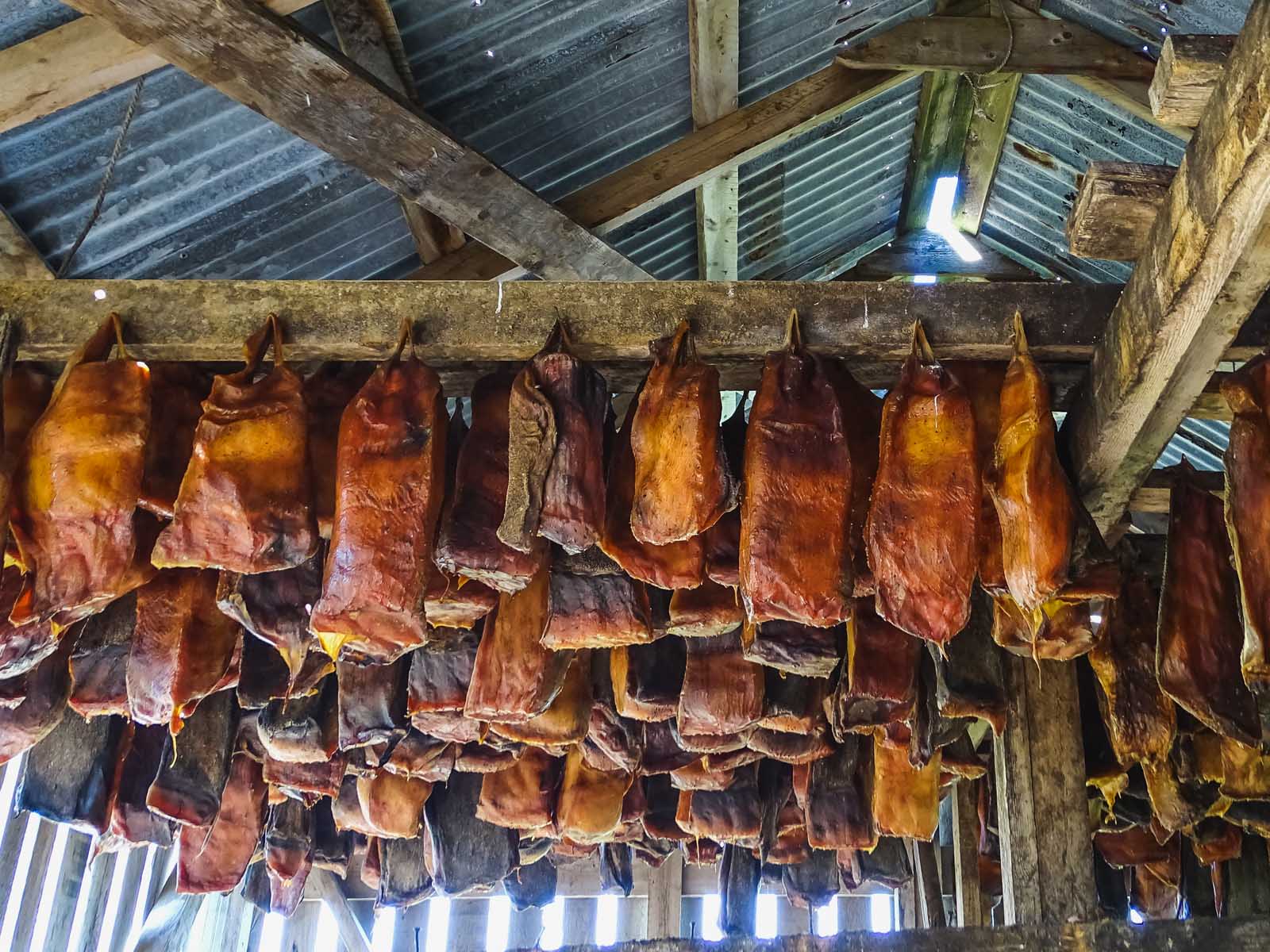
Hakarl is a traditional part of Icelandic cuisine that harks back to the days of no refrigeration. Creating fermented shark is a long process, four to five months in fact. The shark meat is cured and then hung out to dry.
Fermented shark hakarl, comes with a distinctive taste and smell. The smell is so strong that those trying it for the first time are told to pinch their noses. It may not be a dish to try at home, lest you want your kitchen smelling like ammonia, but all adventurers in Iceland should try it at least once.
To help you out, chase each bite of shark with a shot of a local spirit called Brennivín, which has the nickname of Icelandic schnapps.
11. Svið – Sheep’s head
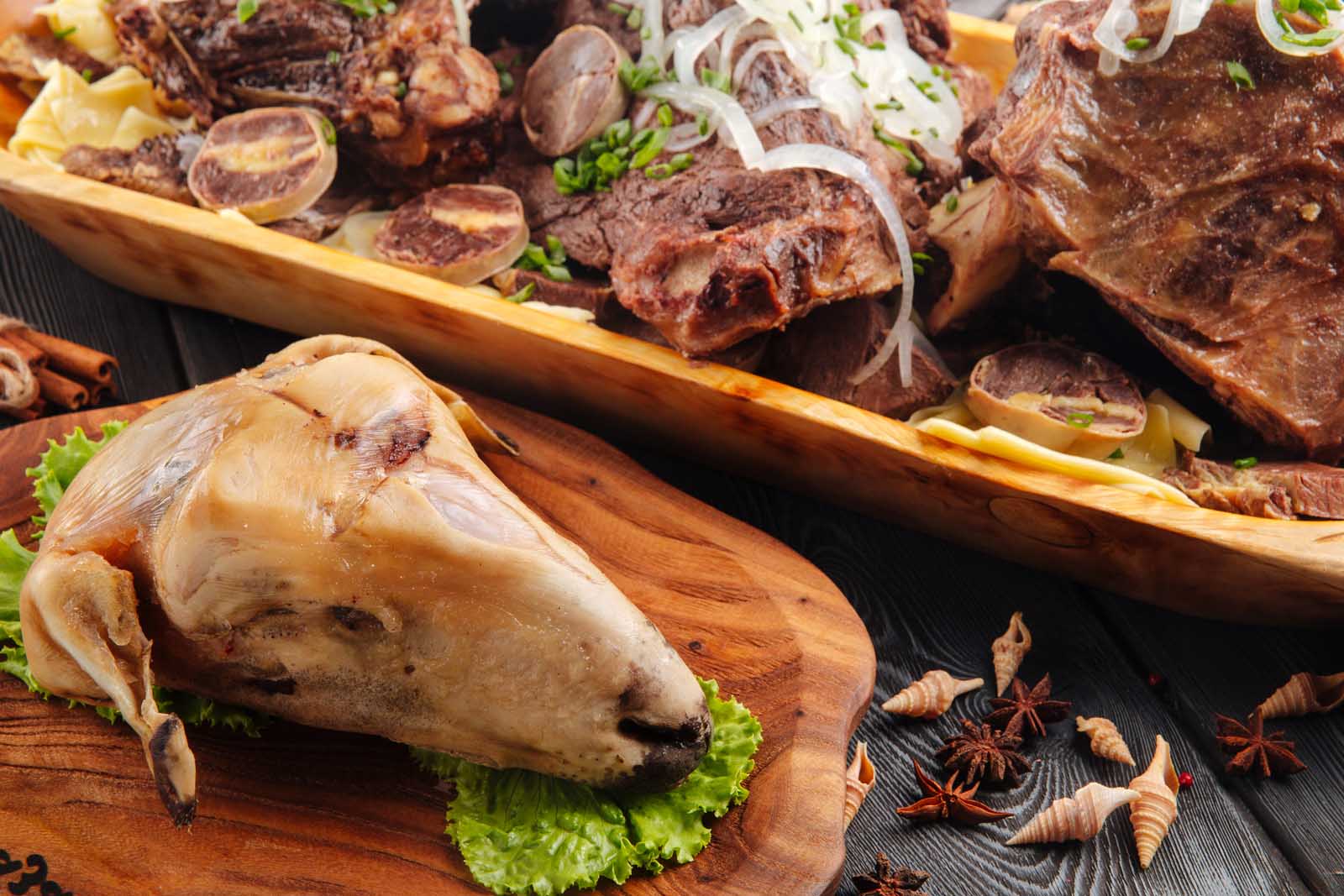
A lot of traditional Icelandic foods are a delicious local twist on popular cuisines that are found throughout Europe. However, some Icelandic dishes are not for the faint of heart, and some historic dishes are still a part of Iceland’s food scene. Svið, or sheep’s head, is one of the more popular examples.
The entire head is either smoked, boiled, or kept in a unique sheep’s head jelly. You may not be game enough to try all of it, but we must say that the sheep’s cheeks are worth working up the courage.
Sheep’s head isn’t overly common in local restaurants but plays a major role in the midwinter feast celebrations, otherwise known as Þorrablót. If you are excited to try some of Iceland’s unique dishes, then this is the place to be.
12. Traditional Kjötsupa – Lamb Soup
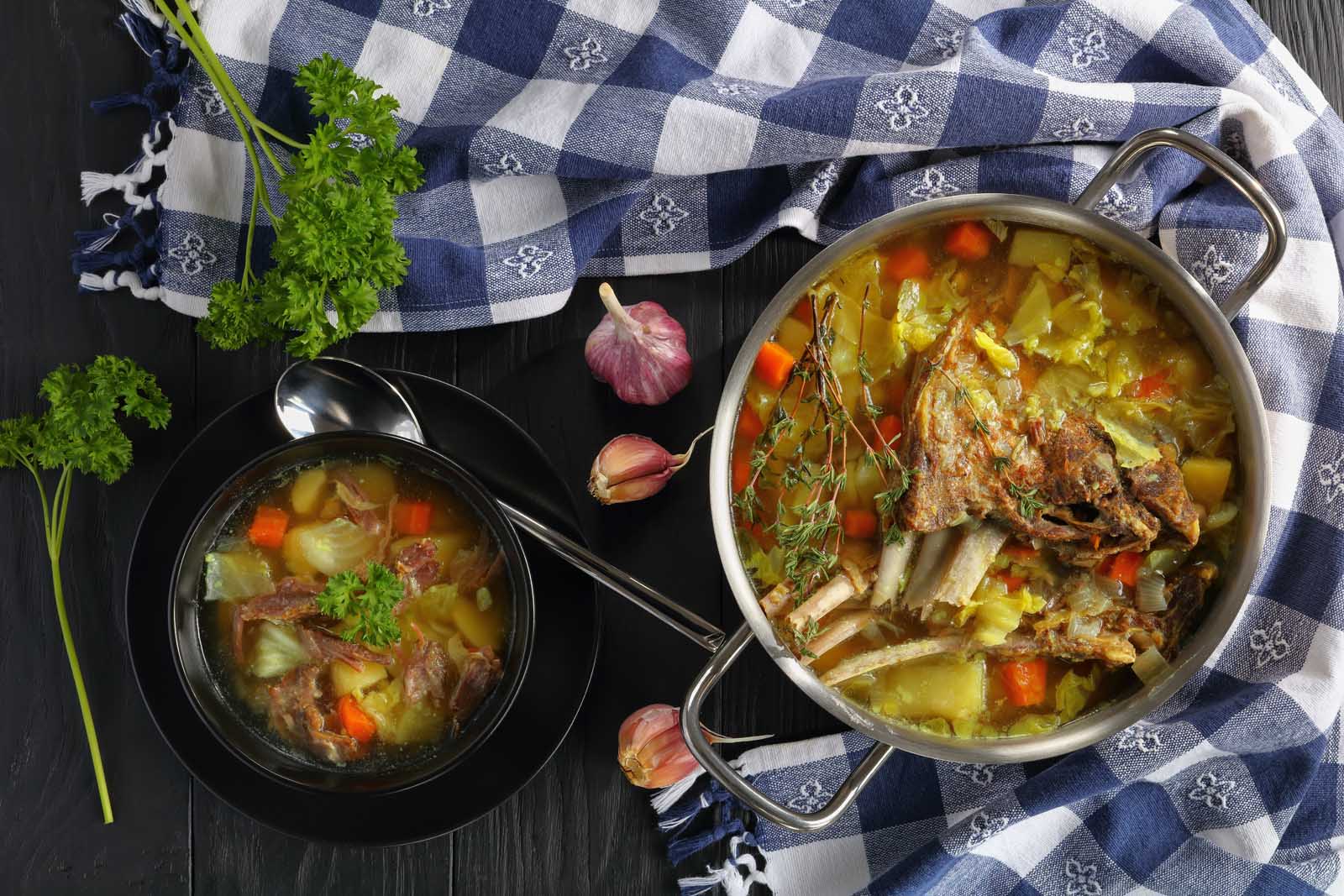
Lamp soup is an Icelandic food that has been a popular local dish for centuries, particularly during a cold and harsh winter. Kjötsupa is also becoming increasingly loved among travelers who enjoy the hearty lamb shank in a soup of onions and herbs.
Given its place in Icelandic history, the meat soup has been carefully handed down through the generations. Many families and restaurants will have their own take on this famous food, but most commonly you will find vegetables like rutabagas, carrots, and potatoes also in the soup.
Iceland Food – Sweets and Desserts
We’ve made it through some of the more extreme Icelandic food, so let’s turn our attention to some of the many sweet eats. Sugar was introduced relatively late to the Icelandic diet, but it quickly became a staple.
13. Kleinur – The Twisted Donut
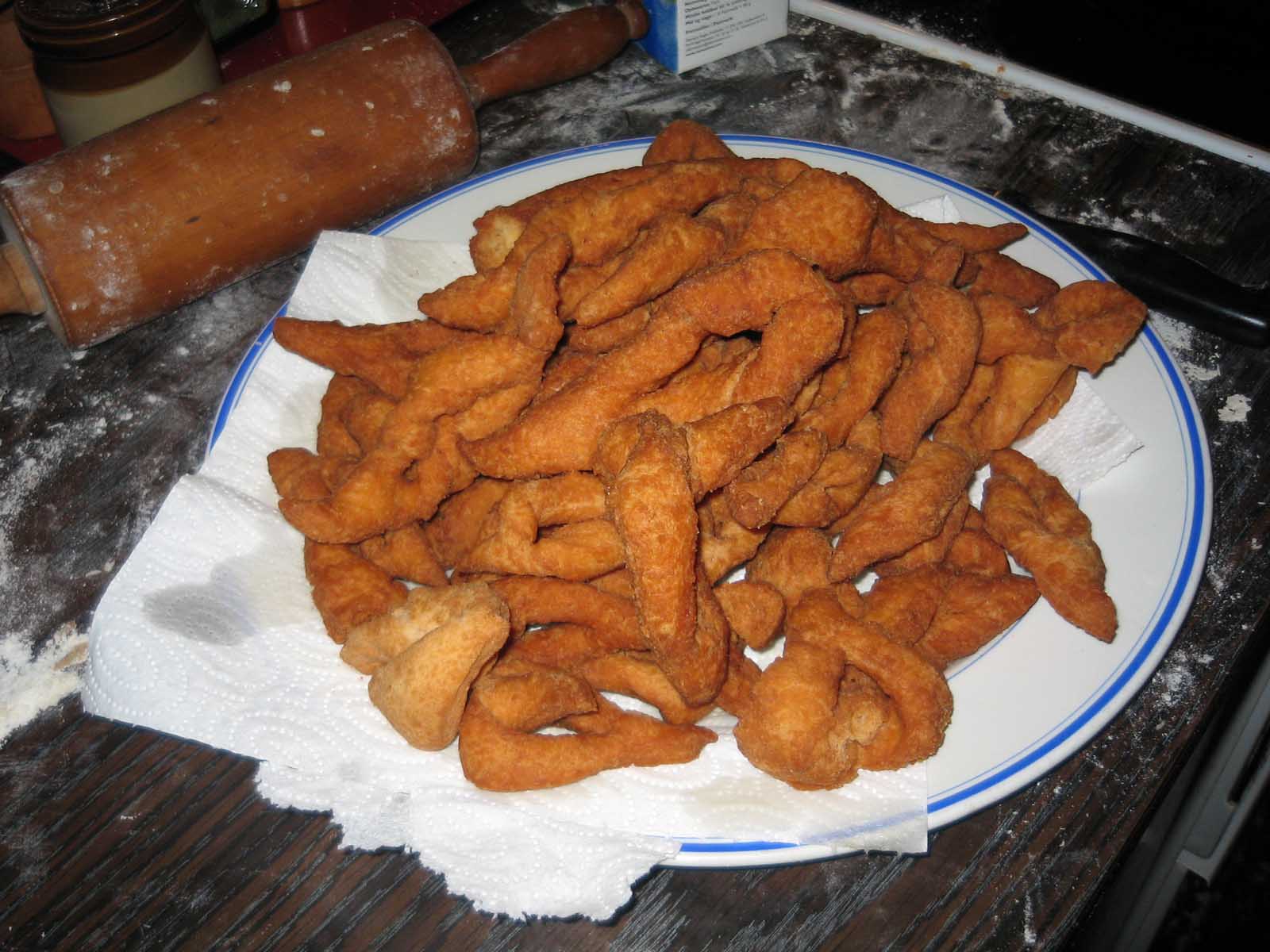
For donut lovers, the Icelandic version of the popular treat will be a glorious reward after a day of hiking around the island. Kleinur is a mouthwatering crispy donut that is later twisted into its unique shape. Once eaten only in the festive months, the popularity of kleinur means locals now eat it year-round, and it’s one of the most popular Icelandic foods.
During the making of the dough, nutmeg and cardamon are added, and post-cooking the donut is dusted with a light coating of sugar. Once you take a bite, you will delight in the crunchy exterior and the soft, doughy insides.
14. Rúgbrauðsís – Icelandic Ice Cream
Rye bread is commonly used in Icelandic ice cream and helps bring together traditional cuisine and modern delicacies. Rye bread ice cream comprises crumbled bread mixed with eggs, cinnamon, vanilla, and milk. Through constant stirring, the mixture becomes thick. From there, you can add fruit such as plums or lemon juice before placing it in the freezer for 12 hours. Although not as popular as skyr yogurt, this ice cream is a great recipe to recreate once you are back home.
15. Pönnukökur – Pancakes
Regardless of the time of day, there is never a reason to not have Icelandic pancakes. That is why pönnukökur is had at breakfast, lunch, and dinner. Similar to pancakes found in France, this traditional dish is much like a crepe. Thin and delicious, pönnukökur is usually served alongside a tub of rhubarb jam and whipped cream.
Such is the importance of pancakes in Icelandic cuisine that many families have their own large and heavy-bottomed pan which is handed down through the generations.
16. Icelandic Skyr – Yogurt
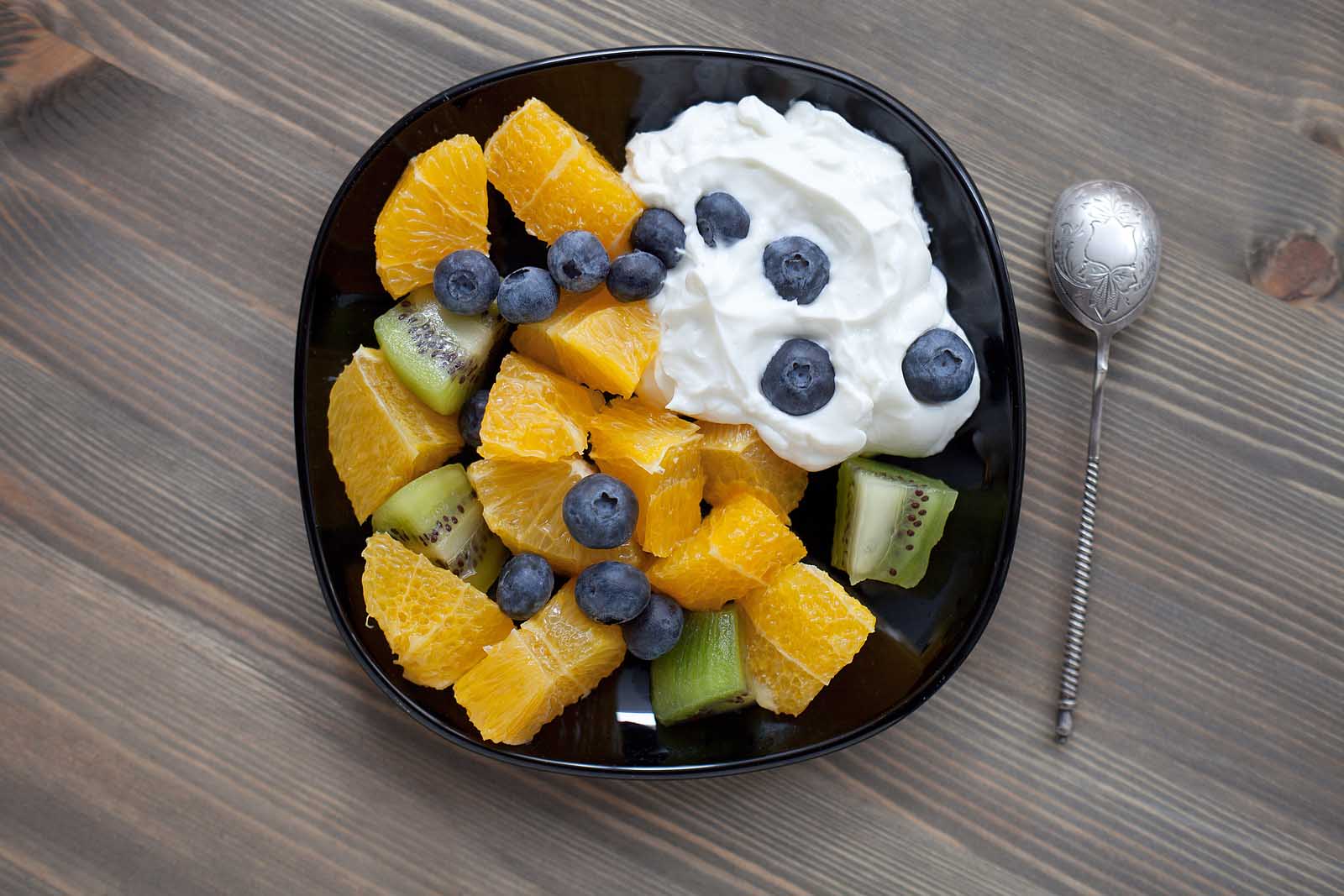
You may have been wondering why we hadn’t mentioned Skyr yet on this list. Well, we saved the best for last. Skyr is a type of yogurt, similar to Greek yogurt that has been a part of the local cuisine for over 1000 years.
Although Skyr is a soft cheese, it has the consistency of yogurt and is treated as such. You will find skyr across Iceland, which is widely used in smoothies, ice cream, and skyrkaka, a dessert similar to cheesecake. Around the home, yogurt is added to milk, fruit, or berries and is a common element of local breakfasts.
What To Know About Icelandic Cuisine
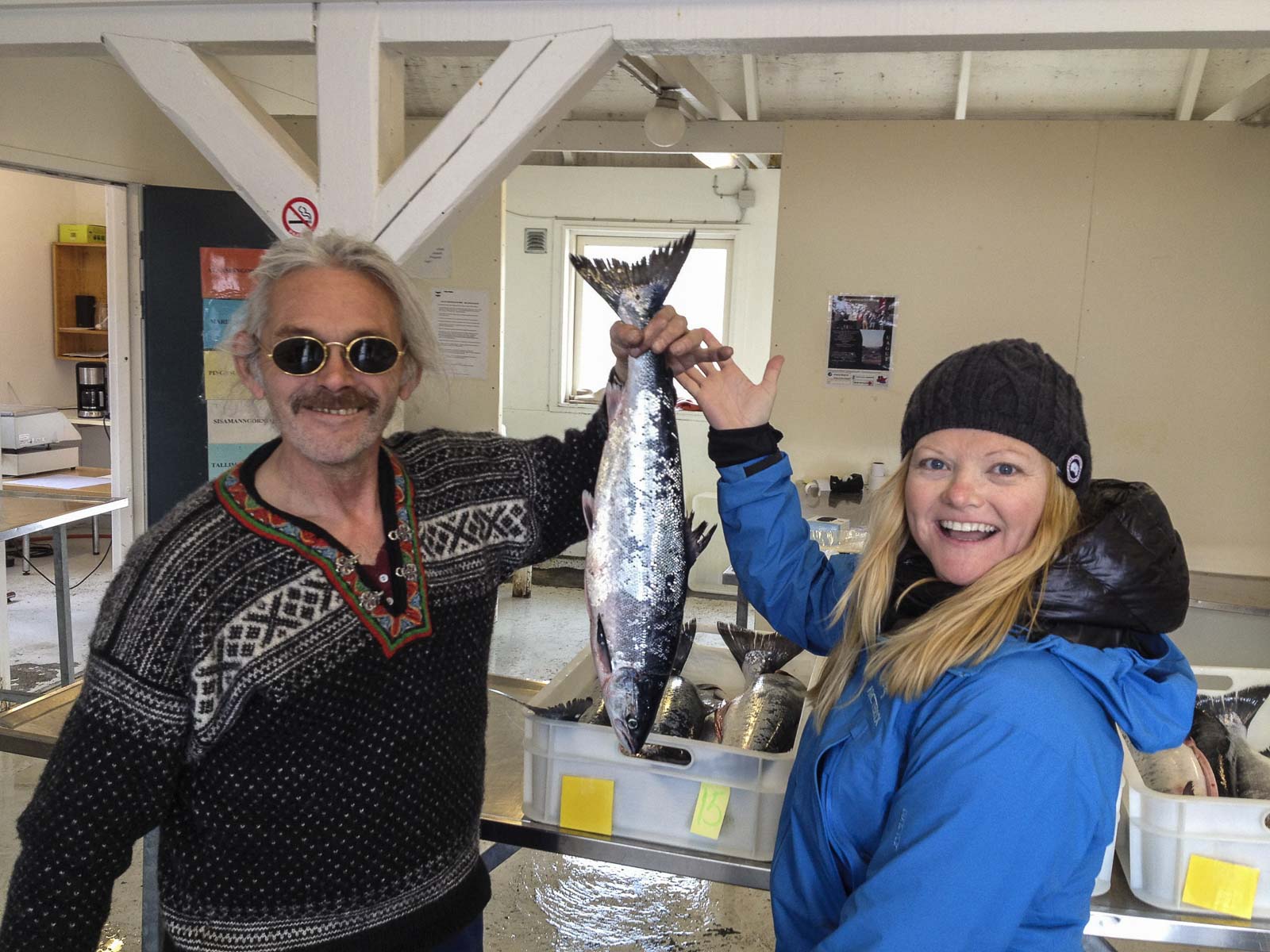
Iceland’s traditional cuisine is a direct reflection of the harsh lifestyle long-lived on the remote island. Isolated within the Arctic Circle, locals were restricted to fishing and hunting, with limited local resources. The simple diet of saltwater fish and making use of all that is available on the land, including Icelandic herbs, are the cornerstones of the local cuisine.
In modern times as Iceland becomes more popular with travelers, restaurants are bridging the gap between Iceland’s unique foods and international cuisine. This has allowed some dishes to be more palatable for visitors while also showing off the country’s fascinating connection with the land.
Icelandic Food History
Icelandic food history is tied to the country’s harsh climate and geographical isolation. For centuries, the Icelanders’ diet was shaped by the need to survive in a tough environment where fresh food was scarce and preservation was key. Traditional Icelandic cuisine relied heavily on what was available locally: fish, lamb, and dairy. Fish, cod, haddock, and herring became staples because of Iceland’s rich fishing grounds. Preservation methods like drying, smoking, and fermenting were developed to get food through the long, harsh winters. One of the most famous preserved foods is hákarl, fermented shark, which has become an iconic but divisive part of Iceland’s food culture.
With the introduction of Christianity in the 11th century, new food influences came to Iceland: bread and other grain-based products, although grains were a luxury because of the island’s poor growing conditions. As trade increased in the centuries that followed, so did the amount of food available to the Icelanders. Danish rule from the 14th to the 19th century also left its mark on Icelandic cuisine, introducing new ingredients and cooking methods. Modern Icelandic cuisine still honors those old methods and ingredients and Icelandic culture, but with international influences, creating a unique culinary landscape that celebrates heritage and innovation.
What are the controversial traditional Icelandic foods?
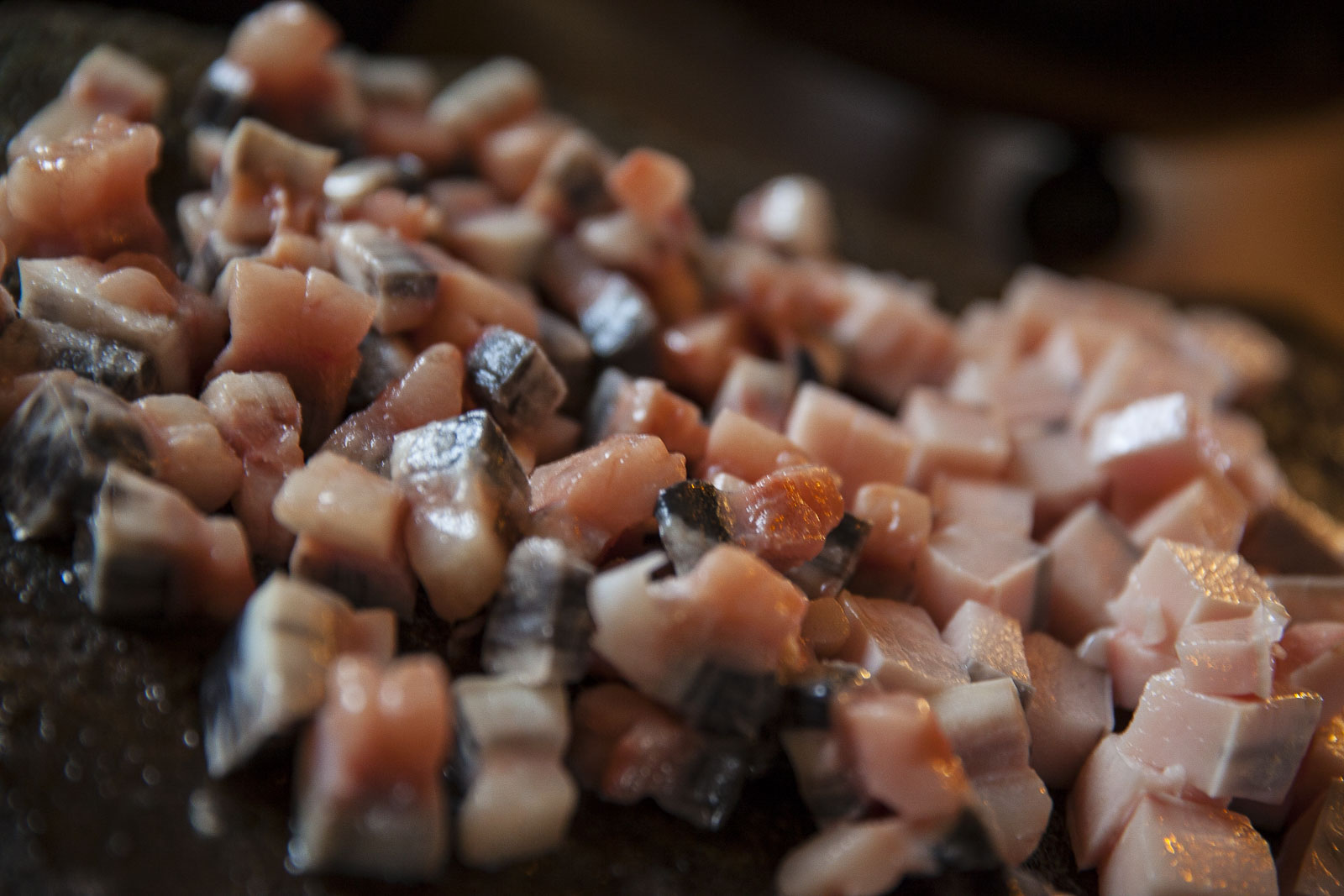
While Icelandic lamb and local desserts are popular with locals and tourists alike, there are some traditional foods that have become increasingly polarizing. Controversial food such as whale meat, puffin meat, and horse meat remains a common element of Icelandic cuisine. Read: The Icelandic Horse – All You Need to Know About this Beautiful Breed
Whether you are visiting local gas stations or venturing to restaurants, you may find these meats on your travels.
Puffin and whale meat stir up the most passion. The number of local puffins continues to dwindle thanks to heavy hunting and poor breeding seasons. Although whaling is restricted, the numbers suggest that whale meat is mostly eaten by tourists and is no longer a major part of Icelandic cuisine.
Instead, treat yourself to a magical whale-watching tour. You can find our ultimate guide to traveling in Iceland here.
Vegetarians in Iceland
When visiting Iceland you will notice a lot of traditional food is meat-centric. This will probably not shock you, but there are ways to enjoy delicious eats in Iceland if you are vegetarian or vegan.
While restaurants will have a variety of vegan and vegetarian options, meals that have also been well thought-out and not just added in at the last second. However, eating out all the time in Iceland will quickly eat away at your budget. Thankfully, a lot of local grocery stores stock many options just for you.
Why You Should Try Icelandic Food
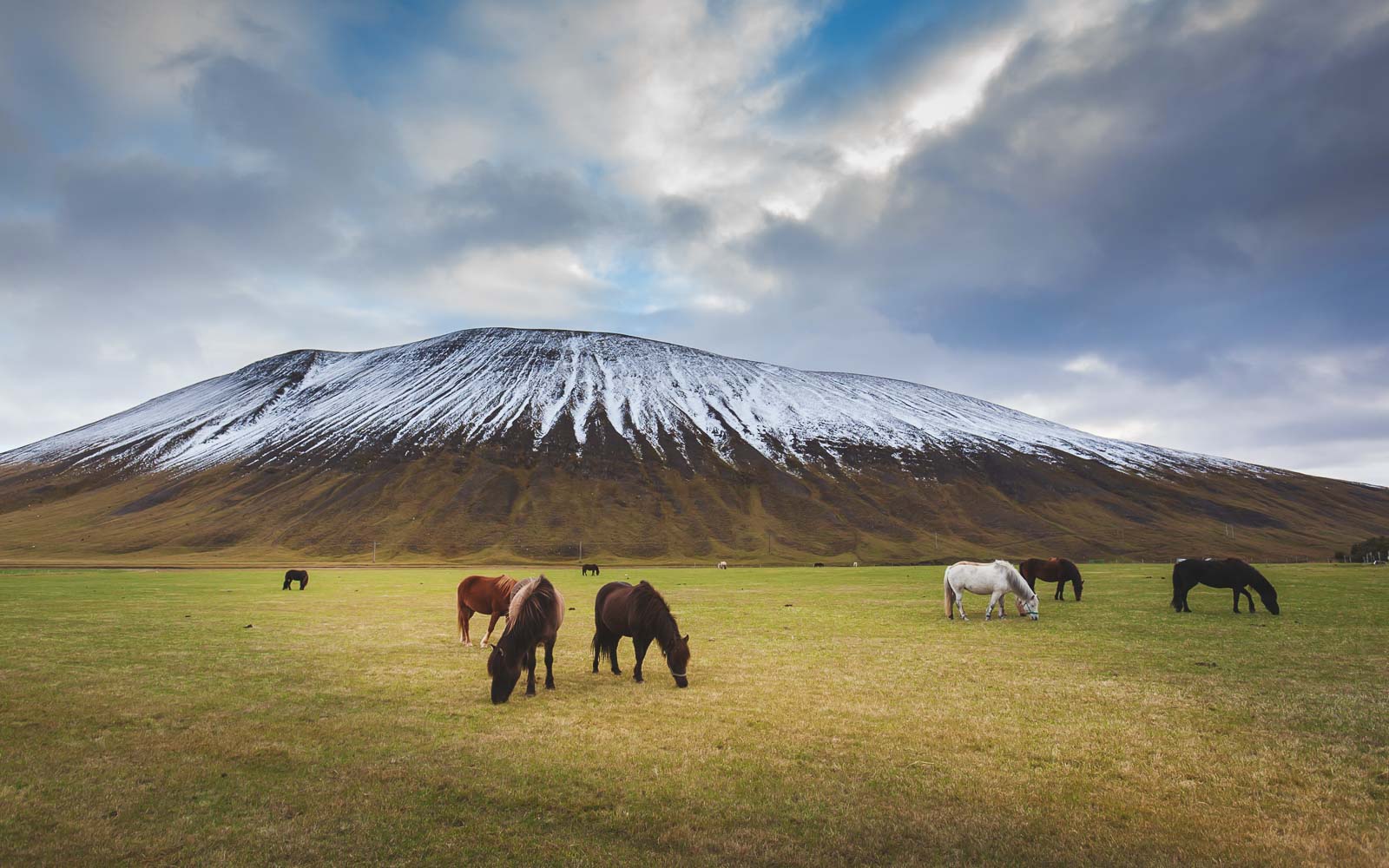
Traditional Icelandic food can differ vastly from what you will find elsewhere. Owing to its remote location and centuries of survival through harsh winters, Icelanders formed a unique cuisine.
For adventurous travelers who love to try local eats, the Iceland food culture is sure to be memorable. But there are also many dishes that elevate the overall cuisine from rugged to downright tasty.
Iceland has some delicious and hearty meals such as traditional Kjötsupa, a lamb meat soup, and the island has produced some amazing must-try desserts.
Many travelers may overlook Iceland as a culinary destination, choosing instead to explore the hot springs, waterfalls, and volcanoes. But a visit to a local restaurant can be an equal adventure.
Need help to plan an exceptional road trip around Iceland? Check out our epic road trip itinerary.
Plan Your Trip to Iceland With These Resources
Image Credits:
- #13: Yez Raphn under Attribution-Share Alike 2.0 Generic
- #7: The blanz under Attribution-Share Alike 3.0 Unported



